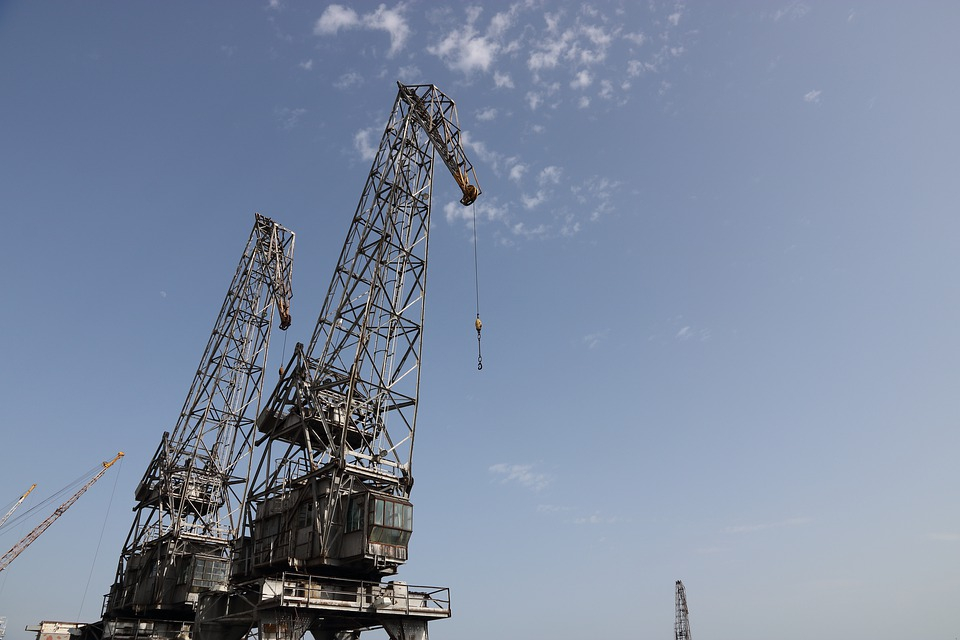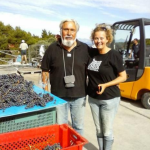As Sinisa Malus/Poslovni Dnevnik writes, container transport by rail between China and Europe has greatly increased when compared to last year. It is known that the New Silk Road has been used less frequently for freight transport for years, but it has only recently become a current option due to the new situation in the transport of goods from the Far East, writes Sinisa Malus for SEEbiz.
In terms of rail transport, 40-foot-tall freight DRY containers are used for the transport of general cargo, and various machinery, machines or parts of machines, electronic components, metal and plastic products and the like are mostly transported.
As far as maritime transport is concerned, it is still the most popular freight option because it is the most affordable of all. It offers a wide range of transport services from full (FLC – full load container), groupage containers (LCL – less container load), as well as special special transport solutions tailored to the needs of all users.
For Central European countries such as Slovakia, Austria or Hungary, Croatian Adriatic ports like Rijeka, and that of Koper on the Slovenian side, are extremely important. If we take the Hungarian capital of Budapest as an example, we can see that the distance from Koper or Rijeka is only 570 kilometres, while from Hamburg it is as much as 1,200 kilometres. Thus, goods from Croatian Adriatic ports and indeed those of Slovenia reach their end destination much faster.
Carriers continue to count on the development of Rijeka’s transport route and the expansion of intermodal services to third countries.
This has also been confirmed by the cargo partner. They say that although the volume of transport recorded a slight decline compared when to the previous year and despite the overall challenging market environment, the company can call last year a success thanks to its customised emergency solutions and flexible alternatives. One of them is the Adria Priority Express service, transport services from Asia to Adriatic ports. According to the logistics supplier, transit times from the main ports of the Far East to these Adriatic ports are on average 5-8 days shorter than to North Sea ports such as Hamburg or Bremerhaven.
”It can be noticed that, depending on the type of goods, we can talk about an increase in turnover following the growth of online trade in Croatia and the immediate region, consumer goods, sports equipment, food supplements, technical equipment, etc,” they explained from this company.
Statistics also confirm the growth of container traffic. The Jadranska vrata compan recently reported on a new record at the Brajdica container terminal in the port of Rijeka – 300,000 container units (TEU) were transhipped last year. This new record, as they point out, gains even greater significance when viewed in the context of 2020 in which almost all fields were deeply affected by the devastating coronavirus pandemic.
The company Jadranska vrata was founded way back in 2001 as a subsidiary of the Port of Rijeka, and ten years later, in 2011, a strategic partner, International Container Terminal Service Inc., joined the company. (ICTSI). That Philippine company holds a 51 percent stake in AGTC and the Port of Rijeka it boasts a 49 percent stake.
”If there are no major market shocks such as the current situation (lockdown, lack of containers, lack of passenger flights), we expect market recovery and slight growth,” concluded the cargo partner.
Currently, the market is experiencing increased demand for imports, which has resulted in the rapid filling of shipping capacity. In other words, it takes time for containers from European ports to physically return to China, in order to be operational again for the import transport of goods. For these reasons, as well as breaks for the Chinese New Year, the transport of goods by sea, as the most economically viable option, has been practically overbooked until March this year.
The year ahead should bring the outcome of the future of the container terminal in Rijeka, after the Governing Board of the Port of Rijeka Authority suddenly decided to cancel the international tender for the selection of concessionaires at the end of 2020.
Binding bids were received for the tender, one from a Chinese corporation consisting of Ningbo Zhoushan Port Company Limited (which manages the largest port in China and the world), Tianjin Port Overseas Holding Limited and China Road and Bridge Corporation (the company that is building Dalmatia’s Peljesac bridge), and the consortium consisting of APM Terminals (a subsidiary of the shipping giant Maersk) and Enna Logic (part of the Croatian energy and logistics concern PPD Group).
The decision to annul will further stretch the already too long strip of about 400 metres long operational shore, whose construction took a full seven years (almost 15 years have passed since the first, unsuccessful attempt to build it), and about 120 million euros have been invested in it so far.
The construction of the first phase of the terminal was completed back in June 2019. The concessionaire is expected to invest more than 150 million euros in equipping the terminal and upgrading another 280 metres of operational shoreline and putting them into operation, which would more than double the capacity of Rijeka as a container port.
For the latest travel info, bookmark our main travel info article, which is updated daily.
Read the Croatian Travel Update in your language – now available in 24 languages.
Join the Total Croatia Travel INFO Viber community.












